Technical Manual
• Thank you very much for reading the preview of the manual.
• You can download the complete manual from: www.heydownloads.com by clicking the link below
• Please note: If there is no response to CLICKING the link, please download this PDF first and then click on it.



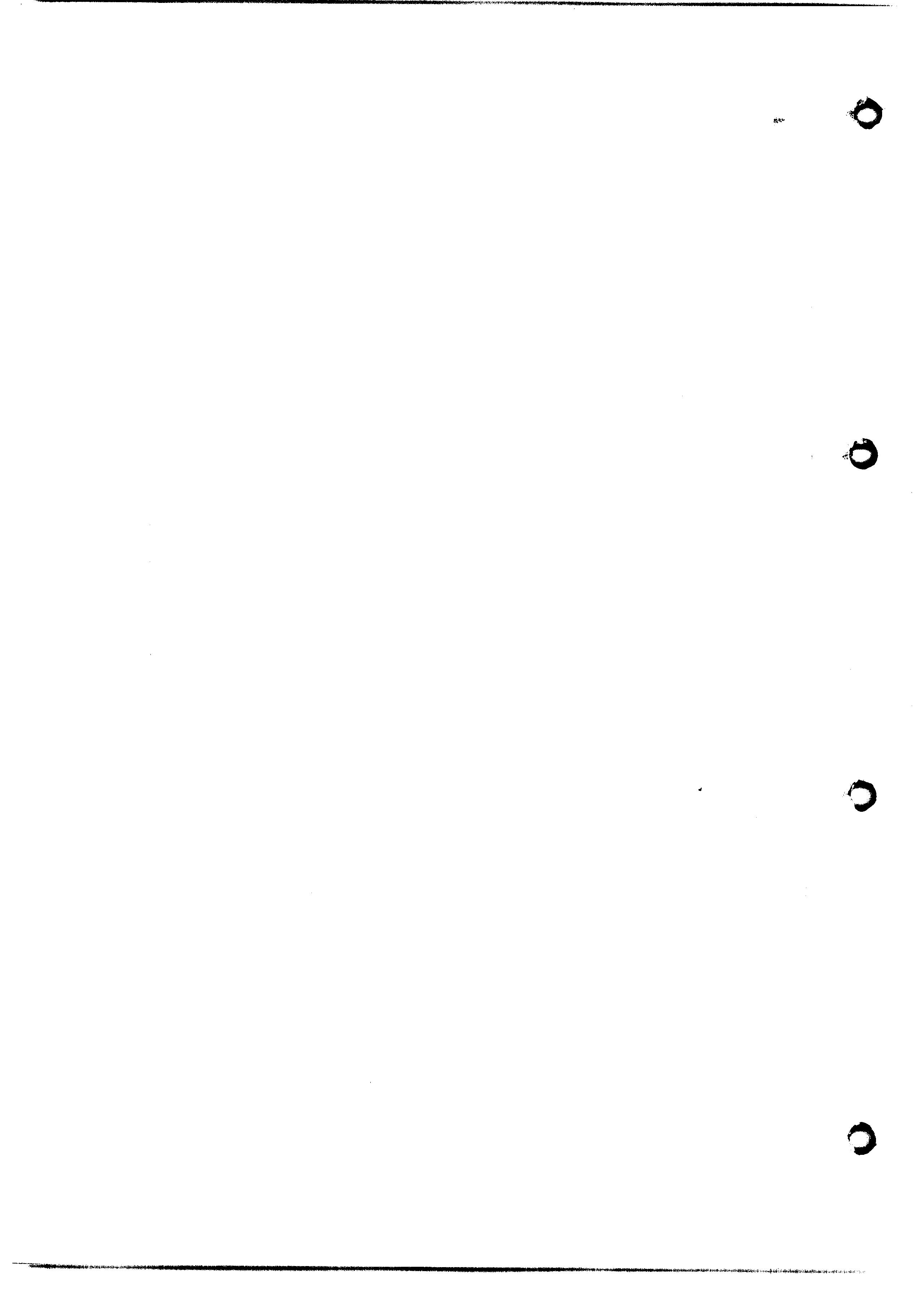
Contents
Introduction
Section 1
Mechanical Details
Construction
Machinery
Air System
Section 2 Controls
Controls, Instruments, Indicators
Starting and Stopping Procedures
Alarm and Emergency Procedures
Operating the Machine
Section 3 Rope Handling
Rope Renewal
Section 4 Maintenance
Introduction and General recommendations
Planned Maintenance
Housekeeping
Routine Maintenance Schedule
Mechanical Components and assemblies
Brakes
Air System
Electrics
Section 5 Changing the Boom Angle Without Boom Hoist With Boom Hoist
Hydraulic Tensioning Equipment
Section 6 Appendices


General
The BEML - BUCYRUS W2000 Walking Dragline is economically designed for high speed operation on continuous duty. All component parts are subject to rigid quality control and inspection during manufacture with special attention being given to generous bearing surfaces and ample provision for lubrication.
The Walking Dragline consists of a base, rotate frame, hoist, drag and swing gear, walk mechanism, boom and the bucket.
BASE
The base isa circular structure which provides the machine with alarge load bearing surface area. The base centre post is the axis of the rotate frame and conveys the drag force to the base when digging.
ROTATE FRAME
The rotate frame which supports the walk gear, house and front and equipment, is mounted on top of the base and is driven by three motor/gearbox assemblies. A roller ring assembly supports the rotate frame on the base.
HOUSE
A dust-proof enclosure on top of the rotate frame called the house, accommodates the drag and hoist machinery, swing boxes, walk motors, all electrical control gear and most of the ancillary equipment.
The operator's cab isa separate unit fitted on the front of the machine house.
All the above components are described in detail in Part 1.

DRIVES
Electrical power for the machine isfedvia the trailing cable to a collector assembly mounted on the base centre post. From here the power isfed to aHigh Voltage cubicle which houses the starting equipment for the motor/generator set synchronous motors and the isolator for the primary of the auxiliary transformer.
The four basic dragline motions are:
•It should be noted that the terms Swing and Rotate are synonymous andare used according to individual preference.
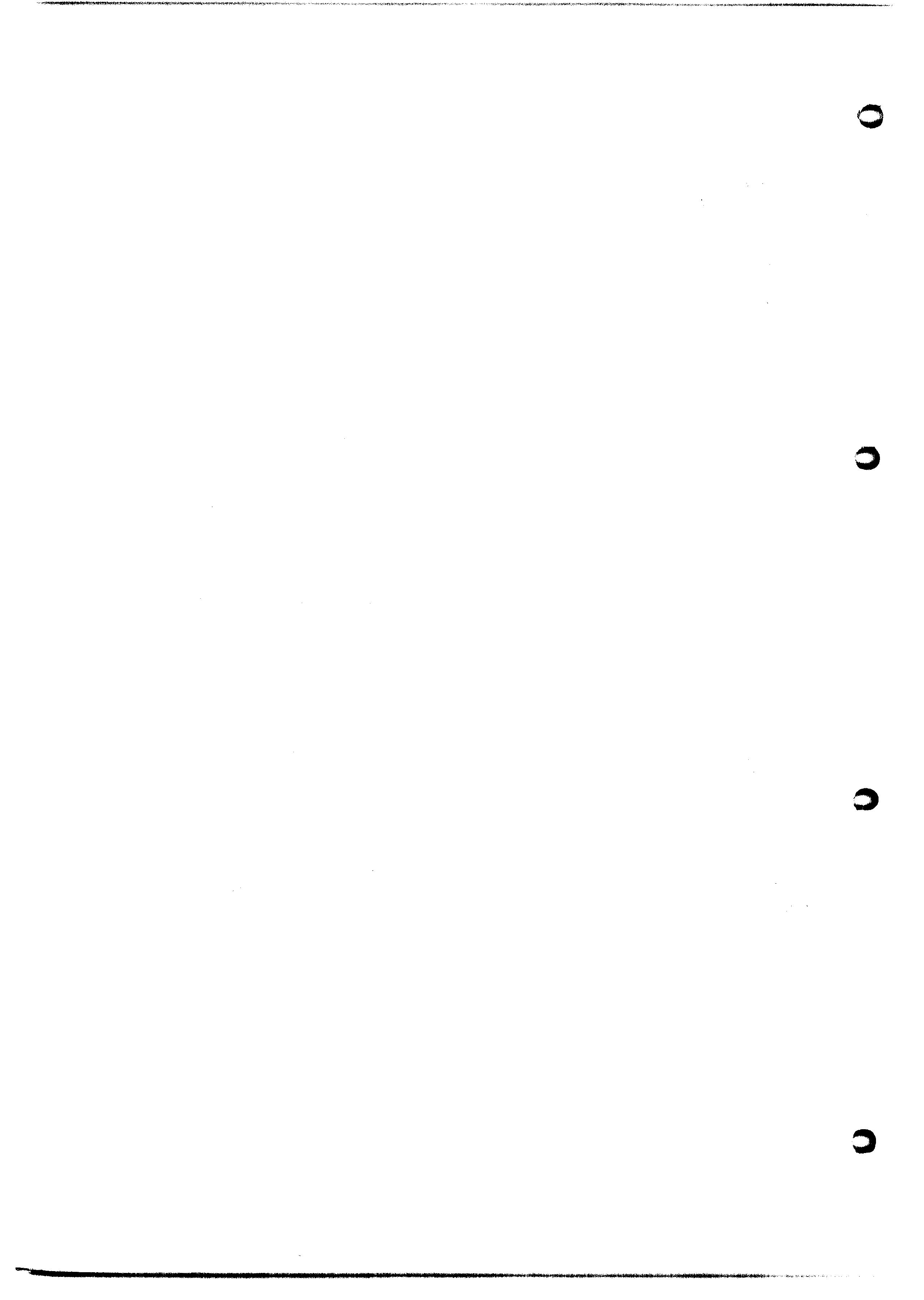
All motions are powered by d.c. motors fed from adjustable armature voltage generators. For swing and hoist motors there isan associated generator. The dragand walk motors are poweredby the samegenerators; the required motion beingselectedby the operator.
The operator's pedalsandlevers provide infinitely variable control, up to the maximum, for all motions.
An annunciator panelin the operator's cab provides visualand audible warning of certain fault conditions. A further annunciator panel in the machine house provides visual warning of fault conditions.
BOOMS, BUCKETS
A choice of four boom lengths is available and the machine canbe rigged for either of two boom angles.A choice of bucket sizesisalsoavailable, depending on boom length andangle.
THE MAINTENANCE AND OPERATION MANUAL
This Manual comprises fivePartsand contains all the mechanical information necessary for the safeand efficient operation of the machine. The descriptive Partisforgeneral information only andis not intended for ordering spareparts.Separate manuals cover Electrics, Lubrication Systems and Spare Parts.
Part1givesageneral description of the machine, anddetails of the compressed airand ventilation systems.
Part 2 describes the various controls and instruments, start-up, shut-down and emergency procedures, and how to operate the machine.
Part 3 covers rope handling and installation.
Part4 covers preventive maintenance and includes an inspection and maintenance schedule and details the various lubrication and adjustment procedures. Technical information covering the compressed airand electrical systems isalso included in this part to facilitate fault finding.
Part 5 covers the boom angle variations and the boom hoist systems.
At the end of this Manual, provision is made for the insertion of Appendices to cover changes in design, special customer requirements, etc, which may occur subsequent to the publication of this issue.

• Thank you very much for reading the preview of the manual.
• You can download the complete manual from: www.heydownloads.com by clicking the link below
• Please note: If there is no response to CLICKING the link, please download this PDF first and then click on it.

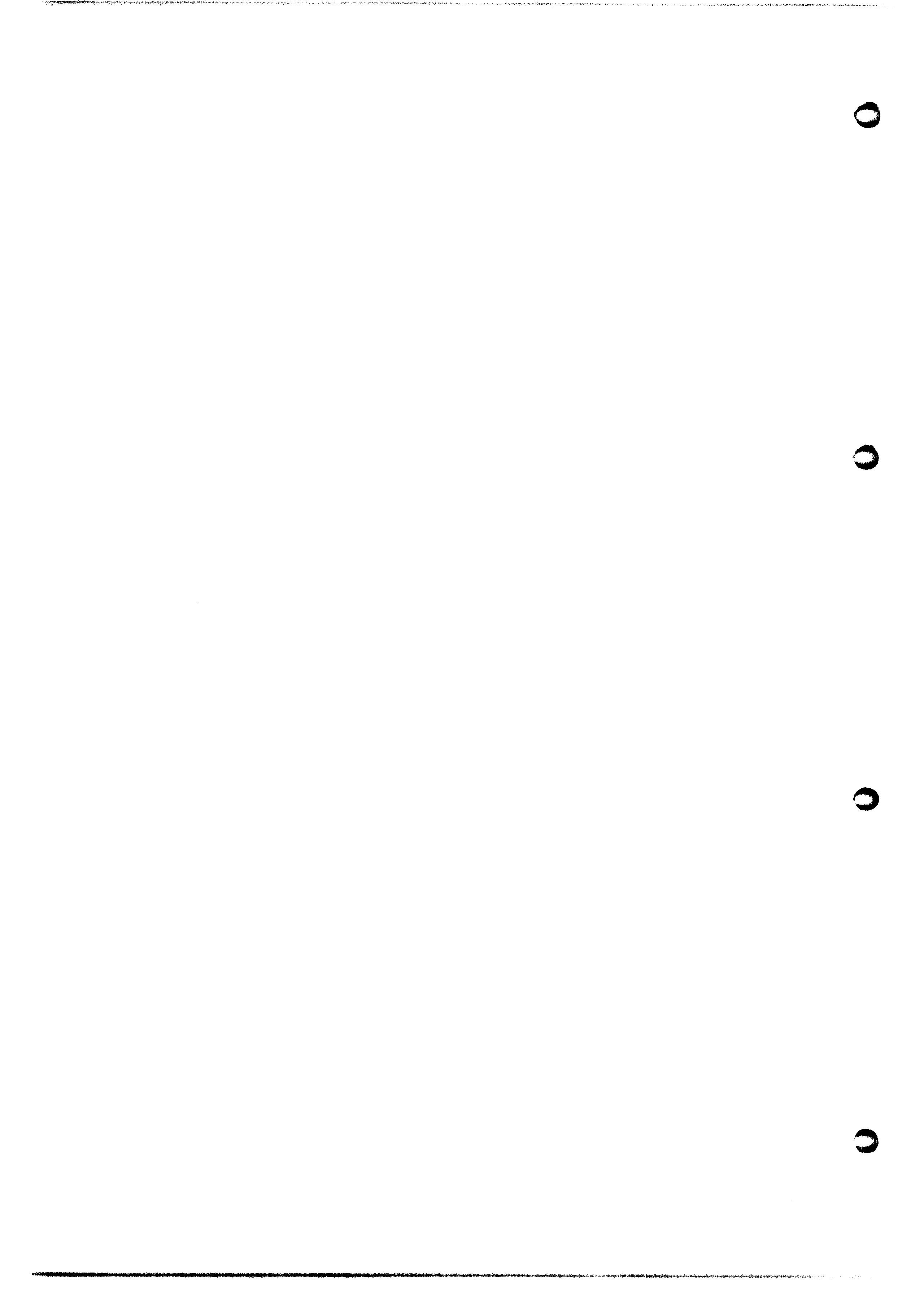
Safety
WARNINGTOOPERATORSANDMAINTENANCE PERSONNEL
This Operators Manual is intended for the guidance of operators and individuals responsible for the maintenance of this machine. It is essential that operators familiarize themselves with the controls and operating techniques before making any attempt to operate the machine. Precautions detailed throughout the Manual must be strictly observed.
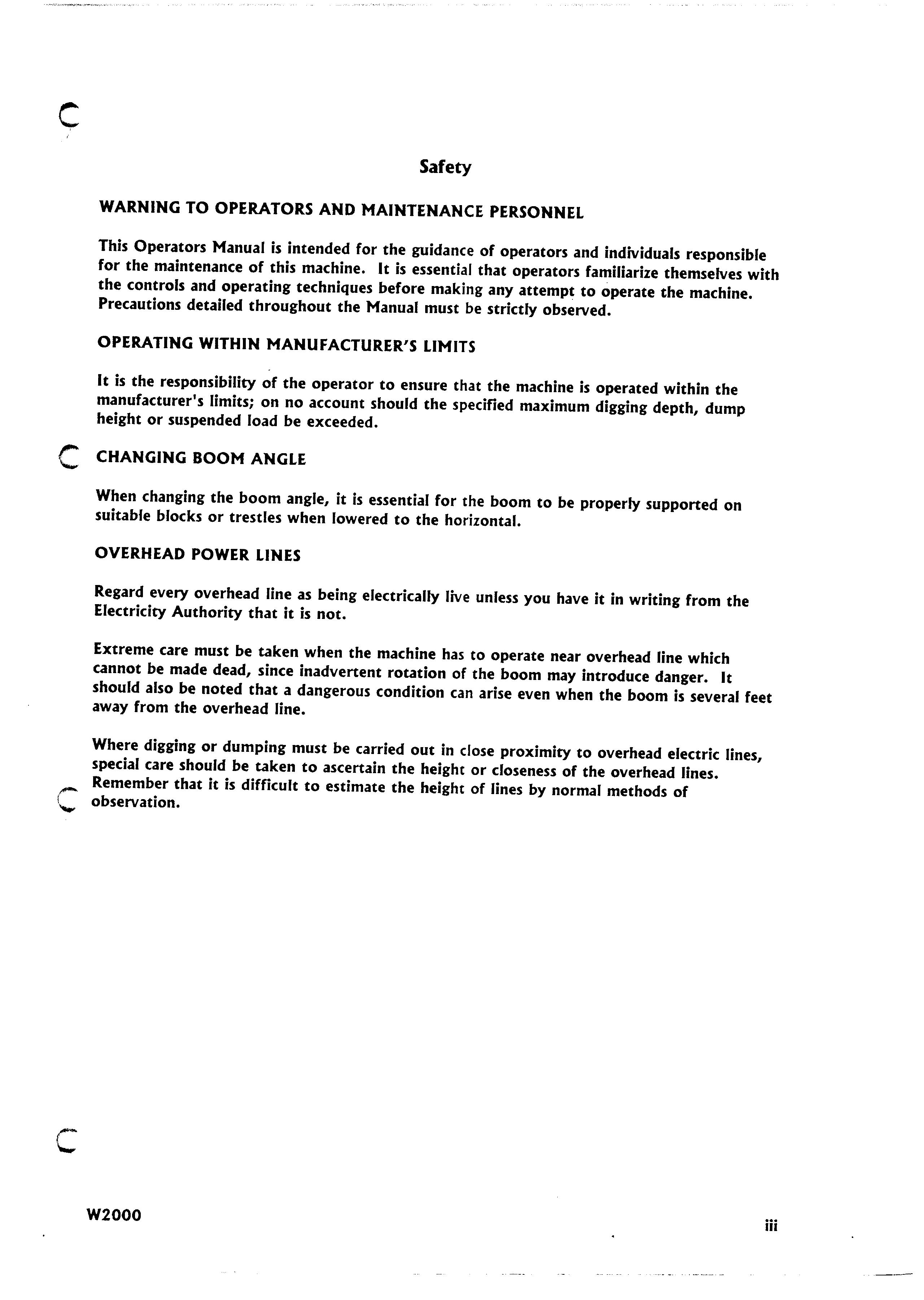
OPERATING WITHIN MANUFACTURER'S LIMITS
It is the responsibility of the operator to ensure that the machine is operated within the manufacturer's limits; on no account should the specified maximum digging depth, dump height or suspended load be exceeded.
£ CHANGING BOOM ANGLE
When changing the boom angle, it is essential for the boom to be properly supported on suitable blocksortrestleswhen lowered tothe horizontal.
OVERHEAD POWER LINES
Regard every overhead line as being electrically live unless you have it in writing from the Electricity Authority that itis not.
Extreme care must be taken when the machine has to operate near overhead line which cannot be made dead, since inadvertent rotation of the boom may introduce danger. It should also be noted that a dangerous condition can arise even when the boom is several feet away from the overhead line.
Where digging or dumping must be carried out in close proximity to overhead electric lines special care should be taken to ascertain the height or closeness of the overhead lines.
^ Remember that it is difficult to estimate the height of lines by normal methods of L observation.
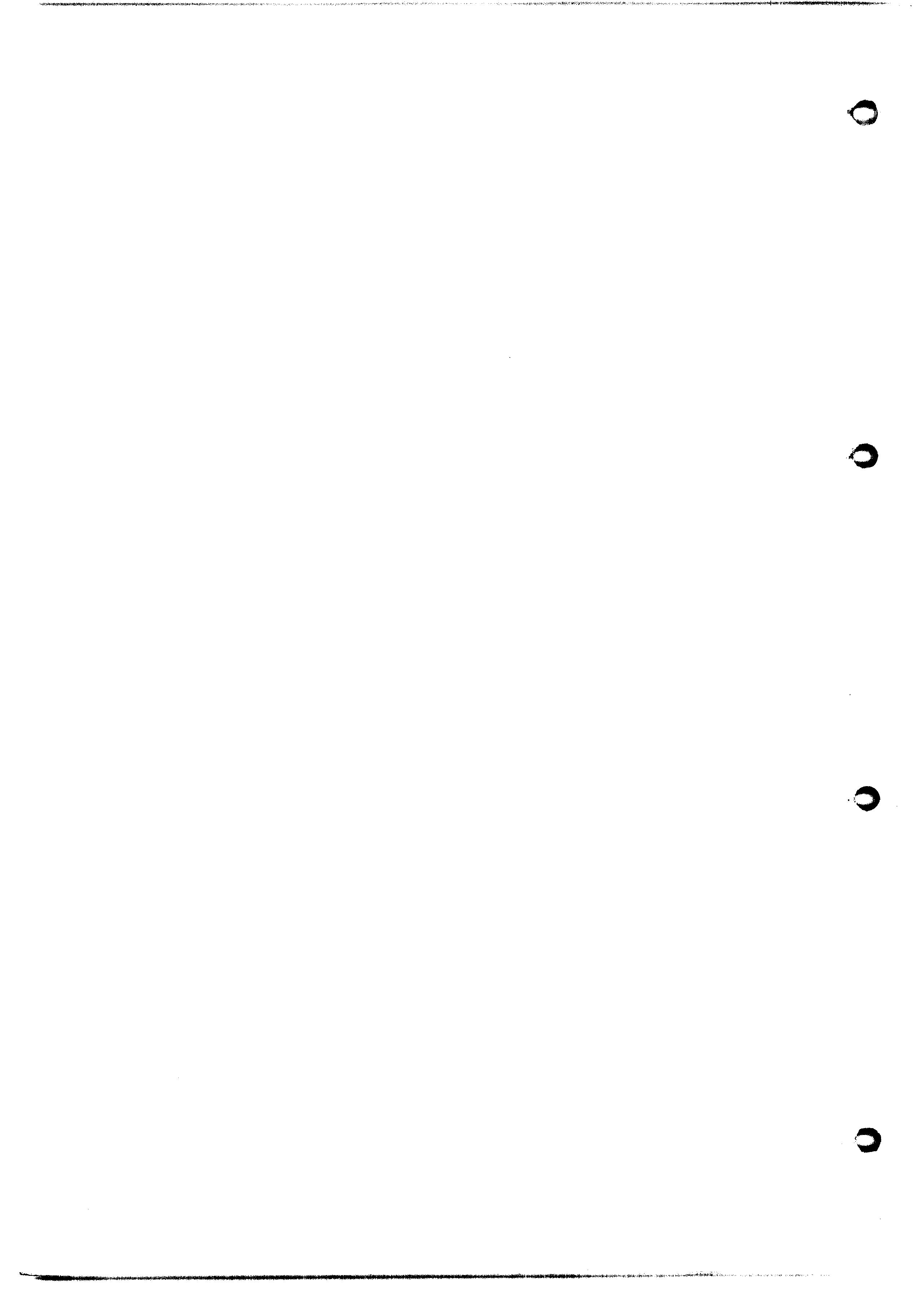


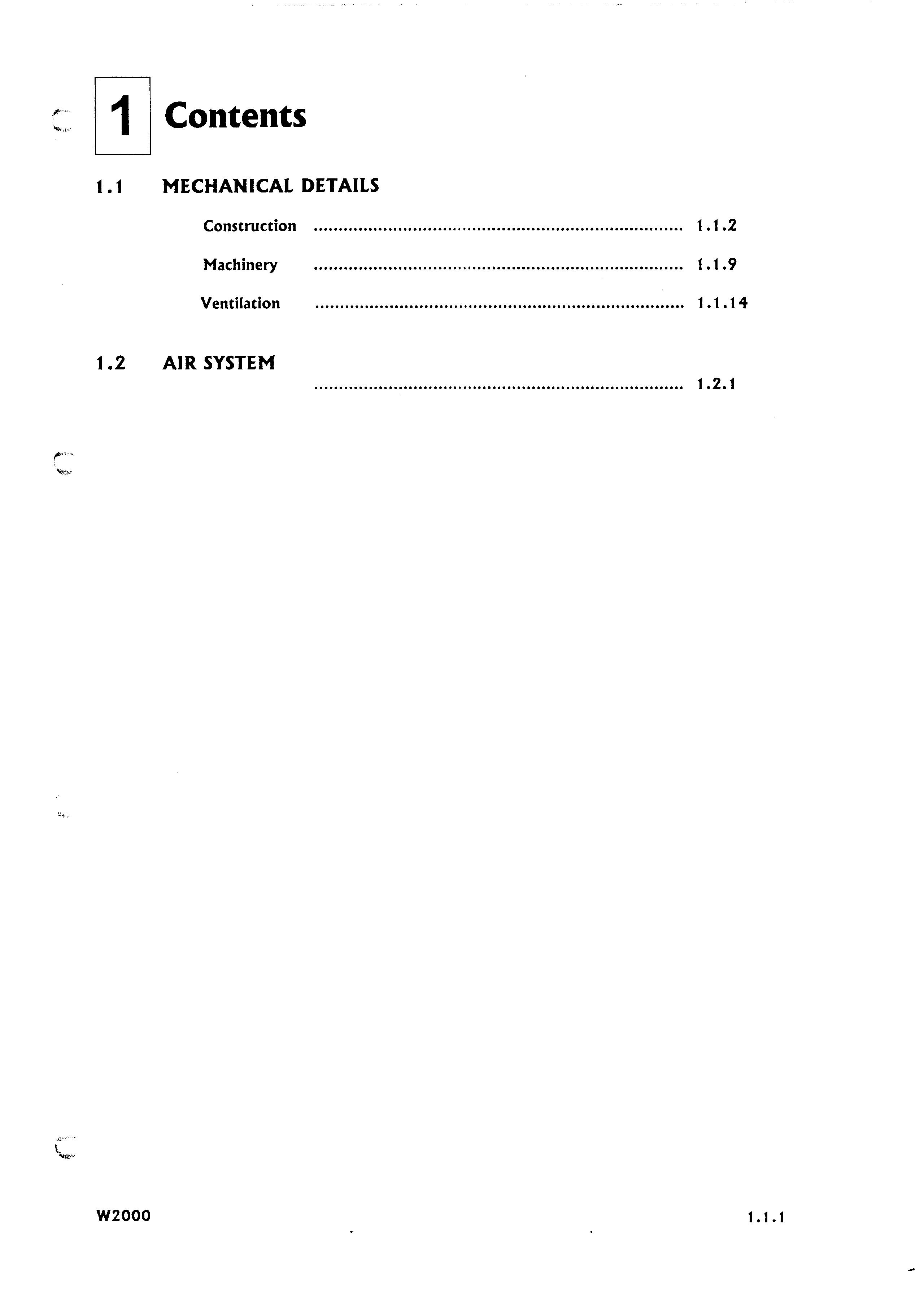

• Thank you very much for reading the preview of the manual.
• You can download the complete manual from: www.heydownloads.com by clicking the link below
• Please note: If there is no response to CLICKING the link, please download this PDF first and then click on it.

